Zangezur and the Arctic: US building infrastructure for global influence
Preserving and expanding one’s influence in the world is, as we know, the task of any nation’s elite. This fully applies to a superpower like the United States. However, judging by the principles that guided their administrations, Republicans and Democrats have pursued different strategies in tackling this task.
The Democrats, and especially the administration under Joe Biden’s presidency, relied on fueling conflicts around the world in order to maintain power and influence by artificially keeping these hotbeds of tension alive.
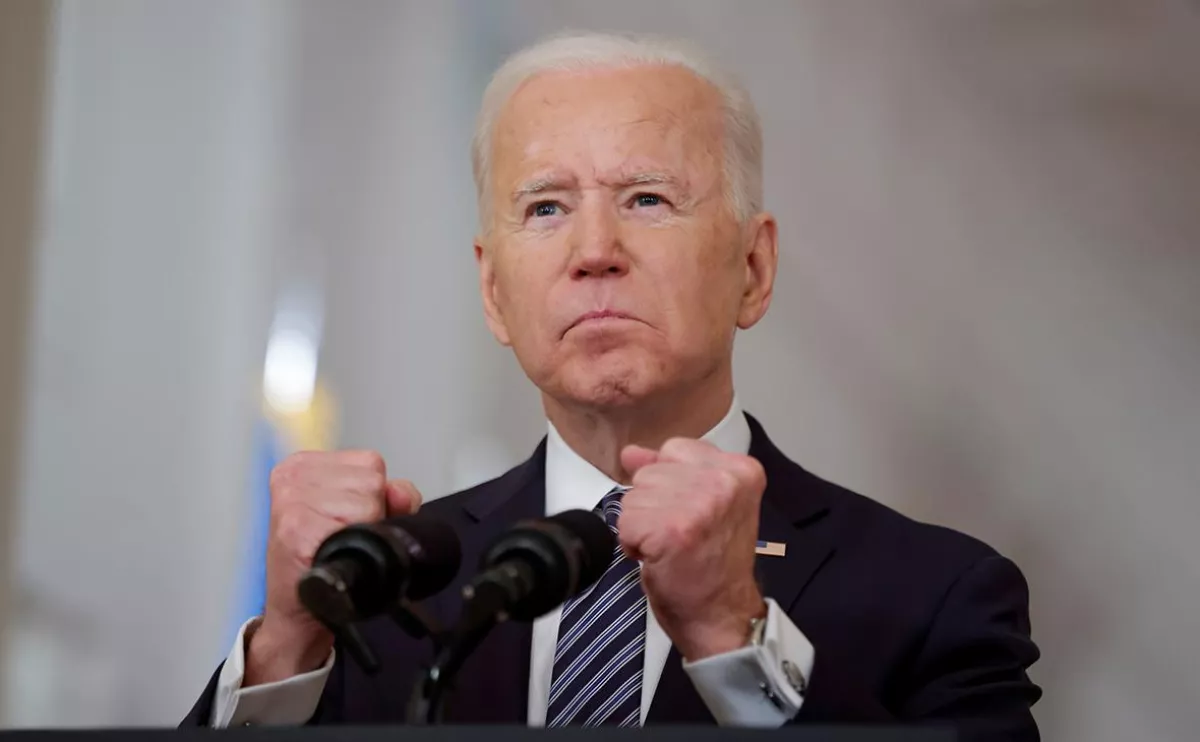
“Moderation of wars and conflicts”, the creation of ever more new “hotspots” and zones of instability, in which the United States directly or indirectly participated, became the basis of the global strategy of the American “Democrats”.
This strategy was most clearly manifested in the Russia–Ukraine war. The Joe Biden administration took no steps to prevent the conflict and then provided Ukraine with “measured” assistance — just enough to prevent its defeat, but entirely insufficient for victory.
The war dragged on for more than three and a half years, draining Ukraine and significantly weakening Russia in geopolitical terms. Pre-war communication channels across Europe were severed, and the EU’s economy — whose growth had previously relied heavily on cheap Russian energy — suffered a serious blow. A “total militarisation” of the United States’ NATO allies began.
At the same time, the contradictions of this strategy have become clear—its destructive nature from the start and its mixed benefits for Washington. In fact, the Ukrainian war has ended up benefiting other geopolitical players more than the United States.
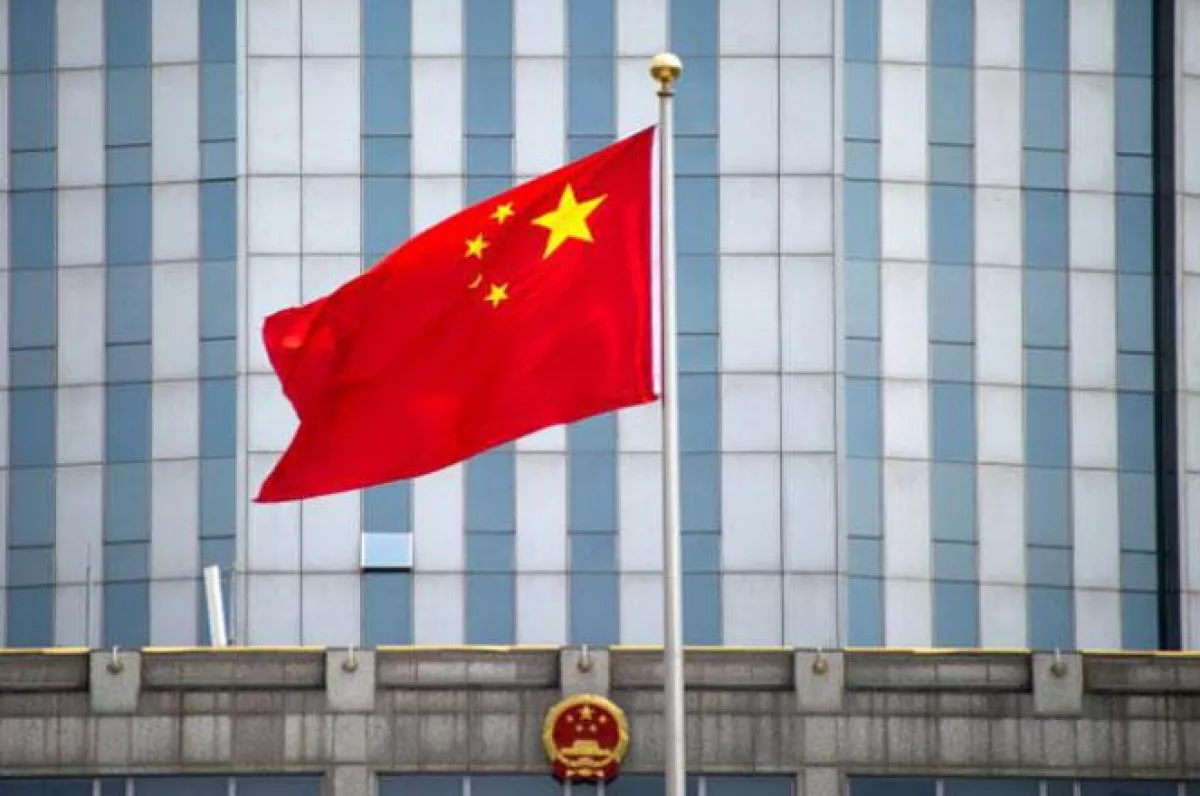
In particular, the war has sharply increased China’s influence. Drones—which have completely changed the nature of combat and made large-scale offensives nearly impossible—are either produced in China or built with Chinese components. Beijing has become the main supplier of this “high-tech component of the war” to both sides of the conflict. At the same time, taking advantage of Moscow’s difficulties caused by sanctions, China is gradually turning Russia, with its vast natural resources, into its own “raw material appendage.”
As a result, the U.S. began to recognise the need to change its strategy for maintaining global leadership. That’s why Donald Trump’s election as president was no accident, neither for American society nor for the elites. There emerged a demand to shift from “moderation of wars and conflicts” to “moderation of peace.”
It is also clear that implementing Trump’s political slogan, Make America Great Again (MAGA), is essentially impossible by returning the U.S. to the status of “the world’s factory,” which it held in the 20th century.
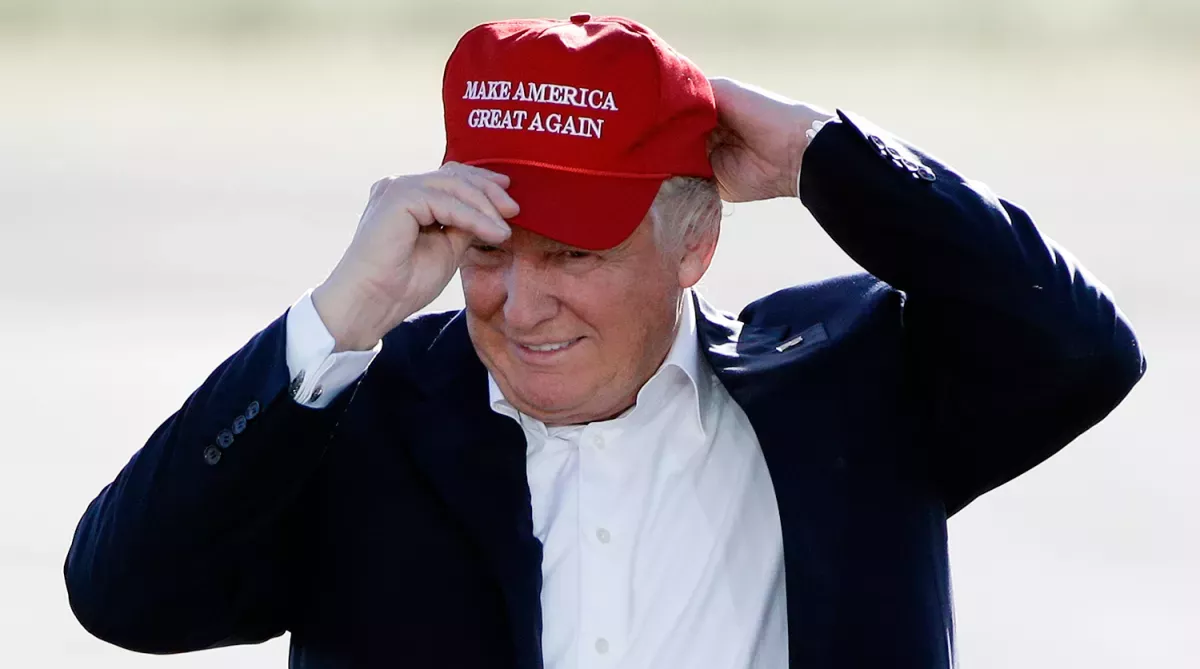
However, there is another approach—bringing key resources essential for the global economy and critical logistics routes under the influence of U.S.-led peace moderation, especially the shortest and most potentially efficient routes that until recently were barely used.
According to economic analysts, the most promising among these are the Middle Corridor, connecting China to Europe through Central Asia and the South Caucasus as the shortest overland trans-Eurasian route, and the Northern Sea Route—the shortest maritime route between East Asia and Europe through the Arctic.
On August 8, 2025, Donald Trump became the moderator of the peace process between Azerbaijan and Armenia, making a serious move for U.S. involvement in the operation of the Middle Corridor. In effect, the U.S. is becoming the guarantor for the opening and functioning of the Zangezur Corridor.
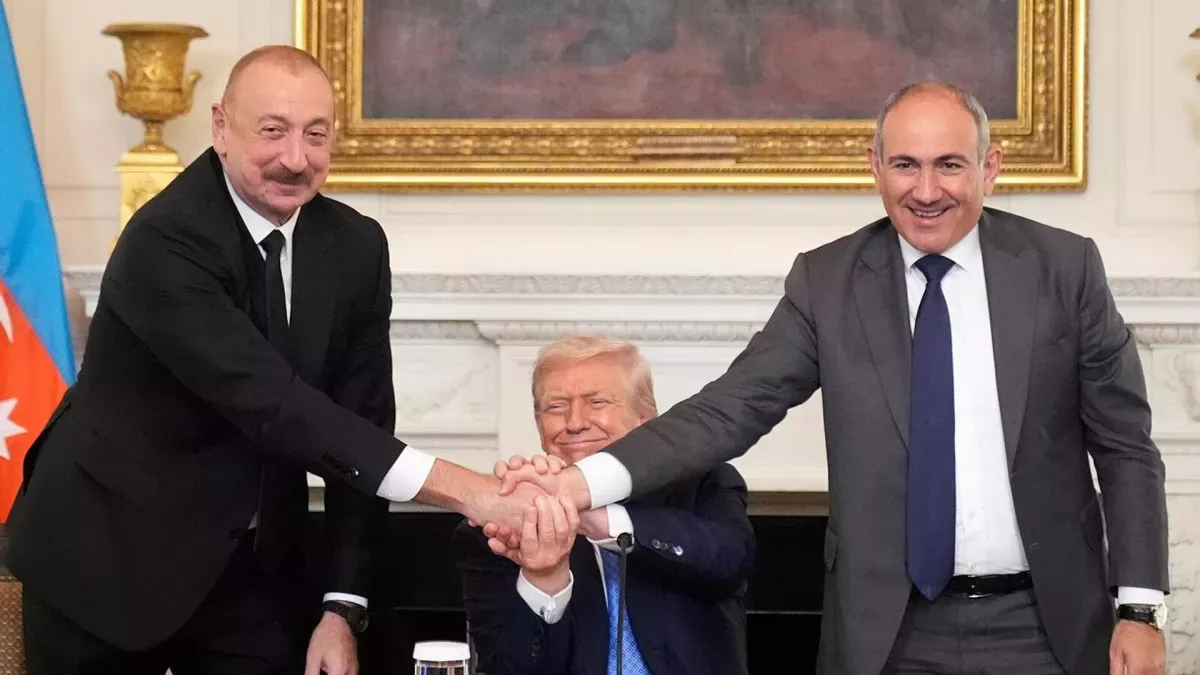
The project was given a bold and symbolic name: Trump Route for International Peace and Prosperity (TRIPP).
For the first time since the end of the Second Karabakh War in 2020, when Russia traditionally played the role of the main guarantor of peace agreements, the U.S. has become the key player responsible for strengthening peace and developing infrastructure in the South Caucasus region.
A separate memorandum was signed, outlining U.S. participation in the construction and management of the Zangazur Corridor infrastructure.
In just a few months in the White House in 2025, Donald Trump achieved what once seemed impossible: he not only ended a long-standing military conflict but also made the U.S. the moderator of the peace process in the South Caucasus, taking this role—and the associated transit privileges over the Zangezur Corridor—away from Russia.
While the Biden administration focused on fueling conflicts and “revolutions” through its network of NGOs, the Trump administration, by contrast, works to de-escalate conflicts or does not obstruct their resolution, prioritizing peace and stability.
In the South Caucasus, this has been most evident—not just in Zangezur. The main route of the Middle Corridor, passing through Georgia, is also developing rapidly today, largely thanks to the constructive policies of the Trump administration.
Understanding the Georgian population’s support for the legitimately elected government led by the Georgian Dream party, the White House calmly observed how the Georgian authorities “suppressed” and marginalized the “revolutionary” opposition movement, which was supported by the Biden administration, as well as by France and the EU, and was effectively aimed at destabilizing the Middle Corridor.
Meanwhile, the Georgian authorities have officially expressed their support for Donald Trump’s policies on multiple occasions, signaling a “fresh start” in relations with the United States. As a result, the U.S. is unlikely to face major challenges in securing transit along the Middle Corridor through Georgia—especially now with the emergence of the “alternative” Zangezur route.
However, the most ambitious project with the potential to secure U.S. dominance in maritime logistics for years to come could be the development of Arctic transit. As is well known, the shortest routes between the East Asian Pacific coast and the North Atlantic—which touches both Western Europe and the eastern coasts of the U.S. and Canada—pass through Arctic latitudes.
There are two main routes: the Northern Sea Route, which passes through the Bering Strait separating the U.S. and Russia and then along the Russian Arctic coast; and the so-called Northwest Passage, which also goes through the Bering Strait but follows the coasts of Alaska, Canada, and Greenland, which belongs to Denmark.
This makes the U.S. “interest” in Canada and Greenland, announced at the start of Donald Trump’s second term, perfectly clear. It is essentially a move to establish transit through Arctic latitudes in areas controlled by Canada and Denmark (Greenland).
It is no coincidence that, back in March 2025, during a White House meeting with NATO Secretary General Mark Rutte, Trump announced that the U.S. intends to commission the construction of 48 icebreakers. At that time, the U.S. fleet had only two diesel icebreakers, recently supplemented by a third—far from enough to fully organize Arctic shipping transit.
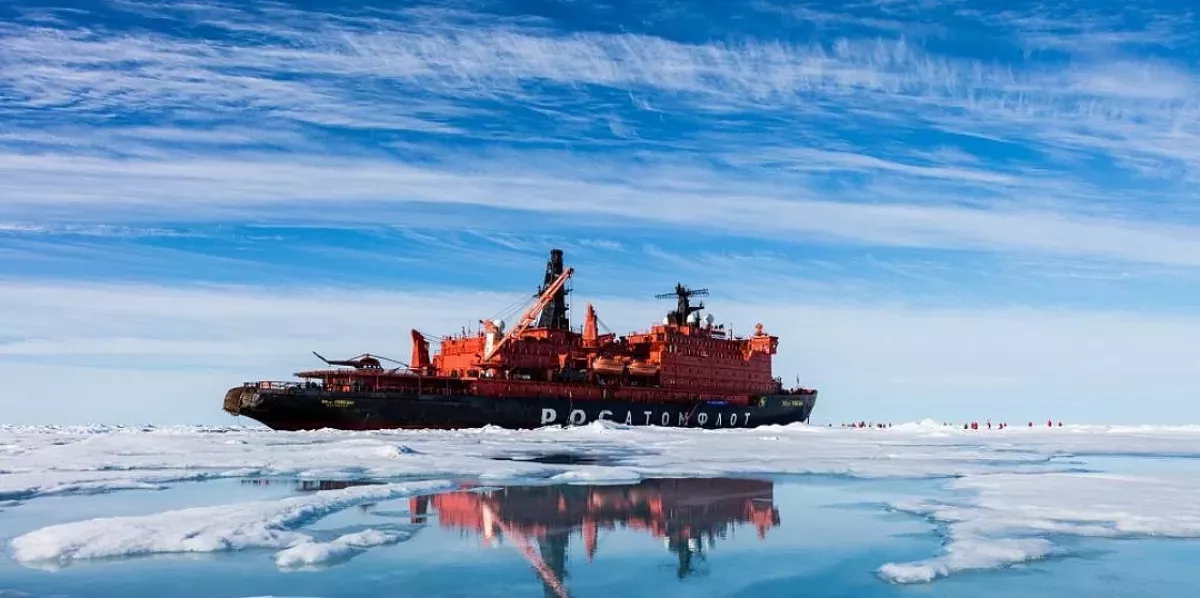
Russia, however, already has icebreakers. It possesses the largest nuclear-powered icebreaker fleet in the world, which plays a key role in developing the Arctic and ensuring year-round navigation along the Northern Sea Route. In addition to numerous diesel icebreakers, the Russian fleet includes four operational older-generation nuclear icebreakers and four of the newest Project 22220 icebreakers. Several more are under construction, including the Project 10510 icebreaker Rossiya, which will become the most powerful in the world.
The scheduling of the Trump–Putin meeting on August 15, 2025, in Alaska is highly symbolic. The U.S. secured access to the Arctic in the 19th century by purchasing Alaska from the Russian Empire for a nominal price—a strategic move whose significance is now clearer than ever.
Today, as Russia fights over tiny villages in the Ukrainian steppes, reducing them to rubble, the folly of Moscow’s policy becomes evident—its vast northern territories, rich in resources, remain abandoned and undeveloped.
According to Russian President Vladimir Putin’s aide Yuri Ushakov, the U.S.-Russia summit in Alaska will serve as an important platform for discussing both political and economic issues. The talks will take place against the backdrop of an intensified international agenda, including the conflict in Ukraine and prospects for cooperation in the Arctic. Ushakov stated that the Arctic and Alaska hold particular interest for both countries due to their significant natural resources and potential for large-scale infrastructure and energy projects.
Theoretically, U.S.-Russia cooperation in the Arctic could take various forms—even extending to the joint use by the U.S. of Russia’s icebreaker fleet until America develops its own.
At the same time, the U.S. could very well make Russia “an offer it cannot refuse,” linking it to the end of the war in Ukraine. If the Kremlin continues to pursue the conflict “at any cost,” it risks not only depleting the remainder of its demographic potential—sending soldiers under drones in senseless “meat-grinder” assaults in Ukraine’s forests and settlements—but also losing strategic leverage in the Arctic.
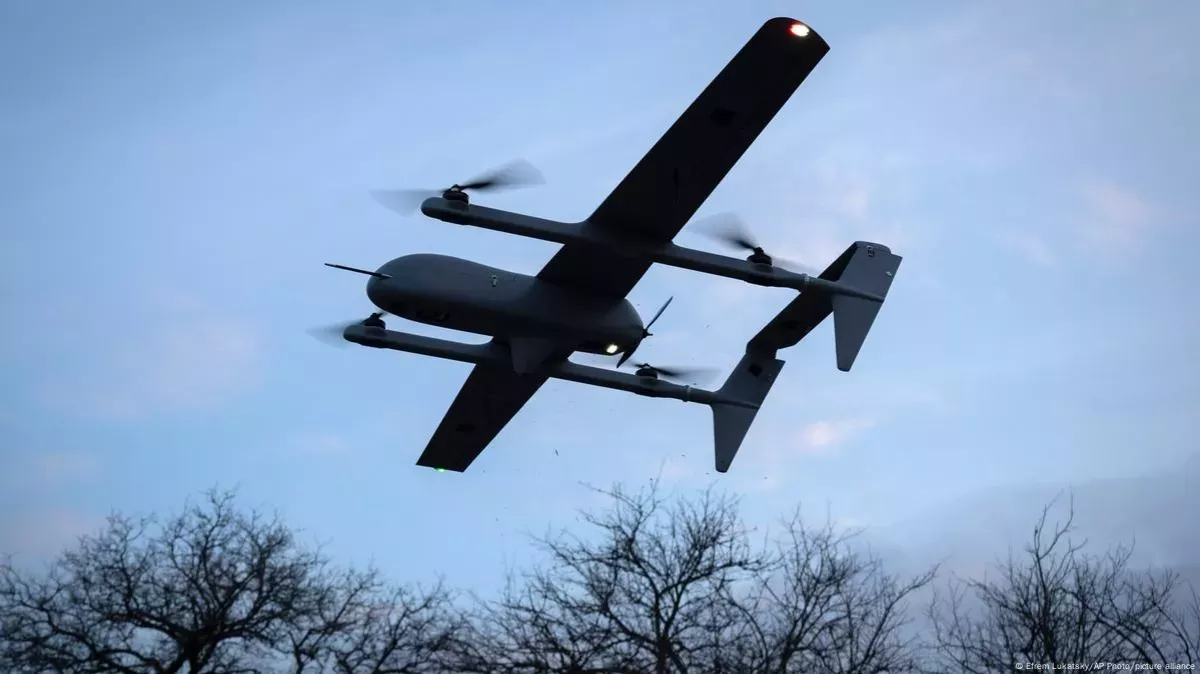
Ukrainian drones are already effortlessly striking Russian oil refineries far from the front line—including in the “near-polar” Komi Republic—and there has already been an attack on Russian strategic bombers at bases in the Russian Far East. So what would prevent, if the war continues, “unknown drones” from turning Russia’s icebreaker fleet into scrap metal?
As for the Trump administration’s relations with Ukraine, the White House “has everything under control.” So much so that in July 2025, Yulia Svyrydenko became Ukraine’s Prime Minister. As First Vice Prime Minister, she had prepared and then signed, on Ukraine’s side, the so-called “resource deal” with the U.S., granting Americans access to the development of Ukraine’s strategic resources, including rare-earth metals vital for a modern economy.
Now, to give the “resource deal” real substance, the U.S. needs peace in Ukraine—and Donald Trump intends to accelerate it by arranging a meeting with the Russian leader in Alaska.
Vladimir Tskhvediani, Georgia, exclusively for Caliber.Az








